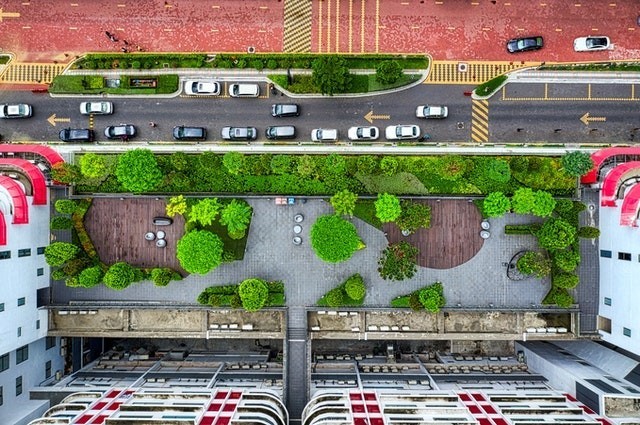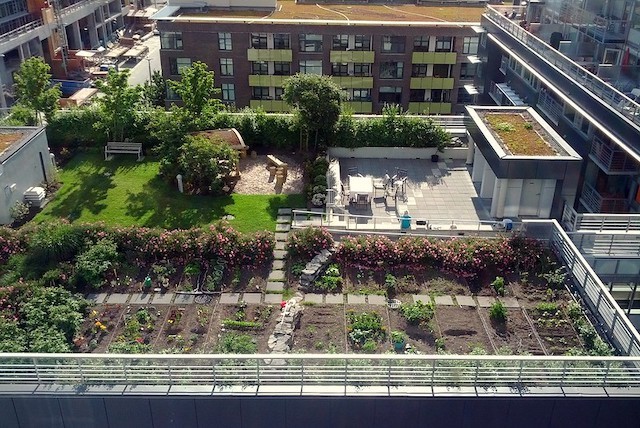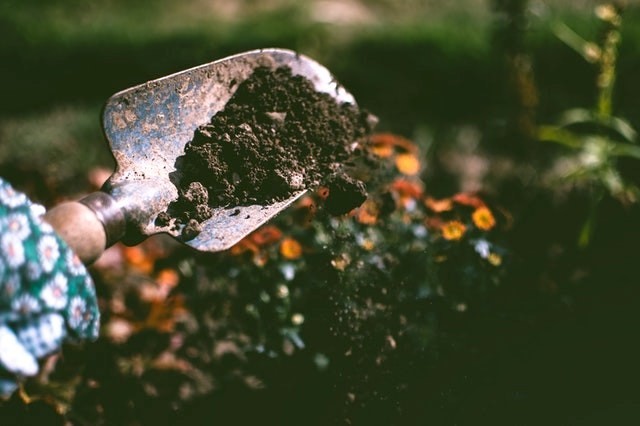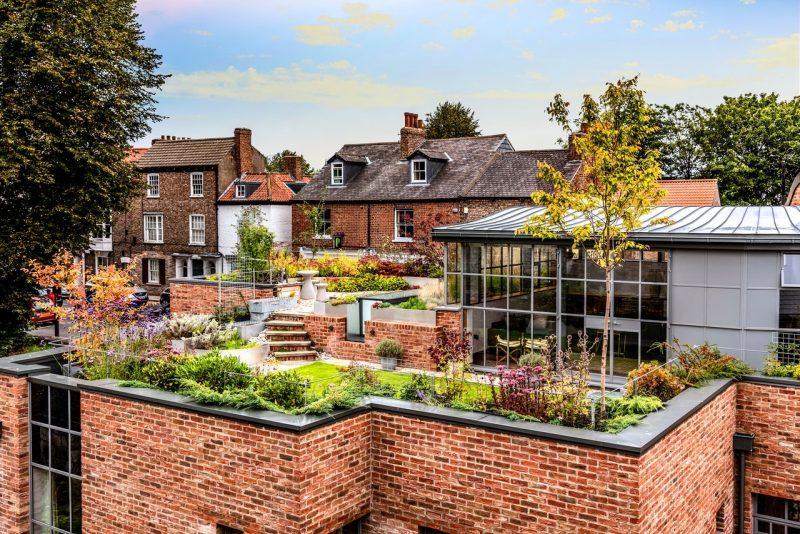If you live in a city, you might be interested in creating the perfect urban garden on your rooftop. Since city dwellers have only so much space in our apartments, many residential building occupants are starting to turn rooftop areas into legitimate gardens. Naturally, creating an urban rooftop garden is a bit trickier than just planting something straight in the ground. For this reason, we will talk about how to build a rooftop garden in a few easy steps.
Be sure to check if the roof is sturdy enough to support a rooftop garden
The problem you may encounter with cultivating your urban rooftop garden goes beyond keeping it safe from plant-eating critters. The first thing you need to settle before you go deep into the process of creating it is to see if the property rules and local regulations even allow you to do so. Depending on the structure of your roof, you might need a special permit.

Have your landlord and other relevant authorities given you the green light? Now you will need a few hundred dollars and two or three weekends of hard work to set up the base for your rooftop haven. If you already have the necessary garden materials, it might take even less. So, you no longer have an excuse to postpone building a rooftop garden. Let’s see how.
You need three things to build a rooftop garden
Remember, you can experiment with the procedure, but this is probably the simplest way to start your garden from scratch. These solutions will help you deal with the three main problems a rooftop gardener will encounter:
- A PVC structure wrapped in bamboo fencing
- Self-watering containers
- Homemade soil
A PVC structure with fencing
It serves to protect your plants from the merciless wind they will be exposed to on the rooftop. Aside from PVC, you can use other types of lightweight materials. However, it is essential not to make your garden too heavy as the roof structure might give in due to weight. Other materials you can use for your planting containers are fiberglass, foam, or different kinds of durable, lightweight plastic.
How to build a rooftop garden from PVC pipes
- Measure the garden area carefully
The first thing to do is measure up the rooftop area where you want to place your garden. It is best to go with a square or rectangle shape. Note that the fencing should be at least 8-feet-tall so that the wind does not bother your plants. Of course, do not forget to leave an opening with a cover so that you can enter and exit the garden.
- Materials for building a rooftop garden
- For a 4′ by 4′ square garden, you will need about 18 – 4′ long PVC poles. We suggest you go with 3/4″ PVC poles.
- To connect the poles, you will need 12 pipe joints and 12 feet of bamboo fencing.
- You will also need a can of PVC cement and a roll of string to connect the joints together.
If your garden is larger than this, remember that each new block takes up 12 PVC poles and 4 feet of bamboo fencing. Concerning tools, you need a saw that can cut through the PVC pipe and a knife or scissors.
- Connect the pipes and the bamboo fence
Start building the frame that will house the garden by cutting the pipes and connecting them. Use the PVC cement to glue together the joints that connect the pipes. Once you complete the frame structure, take the bamboo and place it around it. You can fasten the bamboo poles with string or zip ties. Once finished, be sure you tie the garden to wooden pallets or something else that is heavy enough to hold down the garden and keep it from flying away.
And voila, you have just made your first rooftop garden. One of the best things about this type of garden is that you can basically disassemble it and move it around. This is also a useful feature if you ever move somewhere else. So, once built, you can call TB Moving & Storage to help you transport it to your new home. If you do not want to part with your garden because you have to relocate, this type of rooftop gardening structure is a godsend.

Self-watering containers
Life-savers for a busy (or lazy) gardener. Self-watering containers are basically a water reserve for your plants. Be sure to construct these containers so that your rooftop garden has access to water even when you cannot come up to your roof.
Homemade soil mixture
Be sure to make your own soil mixture since this will nourish your rooftop plants and eliminate the need for regular fertilizing. Having the patience to mix your potting soil comes with numerous benefits for maintaining the vitality of your plants. And since plants face harsher weather conditions on your rooftop, they will need all the nutritional help they can get.
So, if you choose this route, you can make large quantities at once and keep them in a safe and weather-proof storage unit with the rest of your gardening supplies. So, as time-consuming as it may sound, your homemade soil can actually last for weeks or months, which means it does not take so much time and effort to make it. You just need to explore which of the many environmentally friendly options for storing soil mixtures and other supplies suits you the best. A gardener should worry about such things as green solutions and environmental impact.
If you are too impatient to mix up your own soil, you can turn to store-bought potting soil instead. Add organic fertilizers, and the job is done. Just make sure you buy potting soil rather than bags labeled as “in-ground” or “raised bed” soil. These soil mixtures are inadequate as they might be too heavy for your rooftop or might not distribute water evenly.

All in all, we hope this short article inspired you to build a rooftop garden on your own. As intricate as it may seem right now, it is pretty simple once you get into it. So, do not hesitate, roll up your sleeves, and jump right in!

Author Bio: Joanna Hemings is a horticulturist, mother of two children, and guardian of many plants. Her passion lies in delivering sustainable and innovative solutions for gardens of all shapes and varieties. She believes there is no land or space inhospitable enough to prevent people from engaging in gardening. Her favorite plants belong to the Arecaceae family (palm trees).
Photo Credits:
Featured Image
Rooftop Aerial View
Rooftop Community Garden
Hand Trowel and Soil
